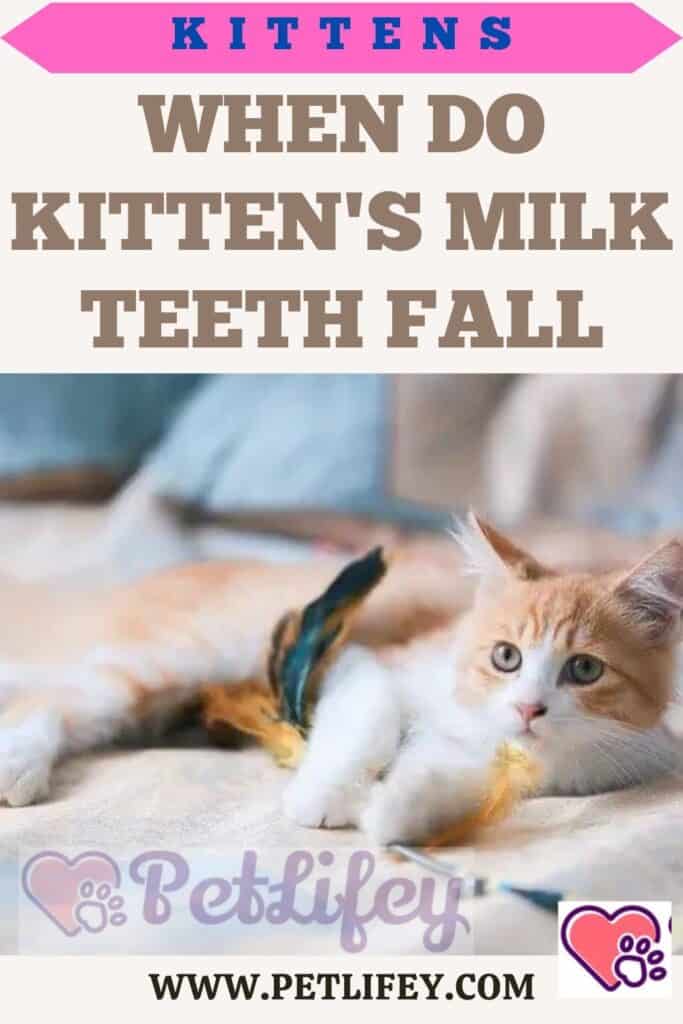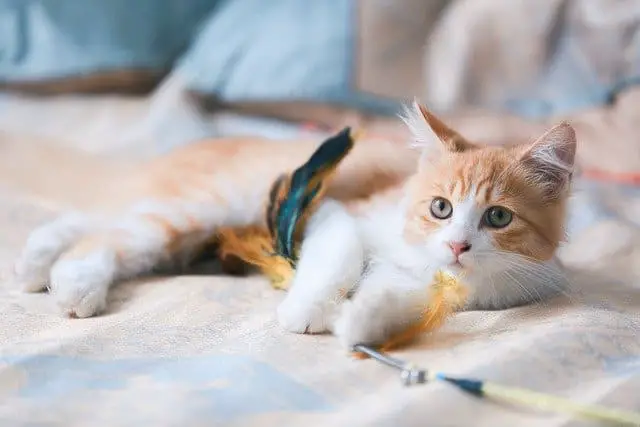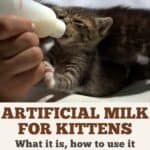The kitten changes its teeth to make way for what will be the final set of teeth as an adult cat: here’s what you need to know about the feline teething phase.

Just as it also happens for humans, kittens as young live the process of the growth of milk teeth, which subsequently fall out to make room for adult teeth: when the kitten changes its teeth we witness the cat’s teething phase, which in turn some cases can bring discomfort and pain to the cat.
We therefore distinguish two phases of feline teething: a first phase in which the kitten puts its milk teeth and a second phase, in which the cat progressively loses its teeth to make way for what will be the definitive adult teeth.
What you need to know is certainly at what age do cats change their teeth, but it is equally important to know other aspects such as the symptoms to watch out for, the number of cat teeth or how to help a kitten that is changing its teeth to feel less pain. possible.
Cat Teething: From kitten’s milk teeth to adult teeth
As mentioned above, kittens put their teeth in two distinct phases: first the milk teeth appear, which are then gradually replaced by the adult cat’s teeth after the ones that are no longer needed have fallen.
At the time of birth, the kittens are toothless: in the first weeks of life their only nourishment is in fact their mother’s milk, which does not require any chewing and therefore the presence of teeth would be superfluous, as well as potentially painful for the mother cat during the lactation phase.
Starting from the 16th day of life, or in any case within the third week of life, the kittens begin to put their milk teeth: in total there will be 26, divided into incisors (6 upper and 6 lower), canines (4 in total) and premolars (6 upper and 4 lower).
Just like the dog’s teething, therefore, the kittens’ milk teeth do not require the presence of molars. In any case, after a short time the mother cat will stop breastfeeding the kittens and the kittens will start eating more solid foods, but still with a rather soft consistency.
The kitten changes its teeth for a period ranging from 3/4 months of age up to 6/7 months, when the cat will have its full adult set of 30 teeth: once again, the incisors will emerge first, then canines and premolars, and finally the molars. Compared to the milk teeth, 4 molars are added.
Symptoms of cat teething
Both when the first baby teeth appear, and when the kitten loses teeth that will be replaced with adult teeth, the cat may have some symptoms that are quite simple to recognize.
As the new teeth press against the gums, the kitten that puts or changes its teeth often experiences discomfort and pain in the mouth. In addition, gum irritation and bleeding, excessive salivation, bad breath in the cat and a certain susceptibility can occur, but also apathy and in some cases fever.
On a behavioral level, however, the kitten will tend to often bring the paws to the mouth and will sometimes refuse food due to pain. Ultimately, the teeth-grubbing cat feels an overwhelming urge to chew and nibble whatever it finds.
How to help the kitten that gets teeth?
Even if the cat’s teething process is absolutely physiological and its symptoms are completely normal, we can still intervene within a certain limit to relieve our suffering cat.
To solve the lack of appetite of the cat that is changing its teeth, it is useful to wet its kibble with a little water or unsalted broth to make them softer and easier to chew. Another hypothesis is to replace dry food at this stage with cans suitable for the puppy’s age.
To prevent the cat from destroying everything it finds around, it is necessary to make chew toys available to it : they must be specific toys for kittens of its age, made of rubber or other soft and easy to nibble material.
When the cat changes its teeth: possible problems
In some cases, the teething of kittens undergoes problems and complications, for example due to teeth that fail to come out, or due to bad positioning of the teeth or because an adult tooth comes out but the baby tooth does not fall out.
In these cases, it is possible that the feline teeth will face future problems: for this reason it is advisable to take the kitten to the vet, who will take out the problematic teeth if necessary.
If the cat loses its adult teeth: what happens?

In some cases it happens that an adult cat loses one or more teeth: this occurrence is not absolutely normal and could cause problems in the future, as unlike milk teeth, an adult tooth that falls out can no longer grow back.
The loss of one or more teeth in cats is also more frequent in older cats, but unfortunately it also occurs in adult or young cats. The causes of a tooth fall are dental fractures (in this case the tooth falls only partially, usually due to a trauma or accident) or diseases of the cat’s mouth including stomatitis, gingivitis and ulcers.
To prevent both the fall and other dental problems in the cat it is essential to regularly take care of the oral hygiene of the cat and to consult a veterinary dentist whenever necessary.






